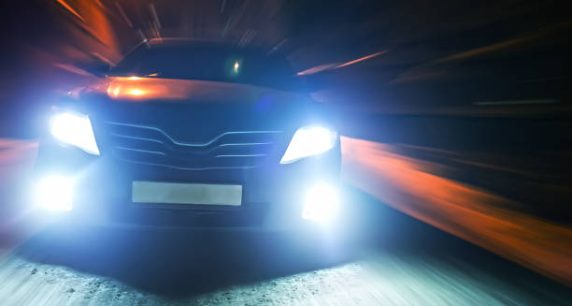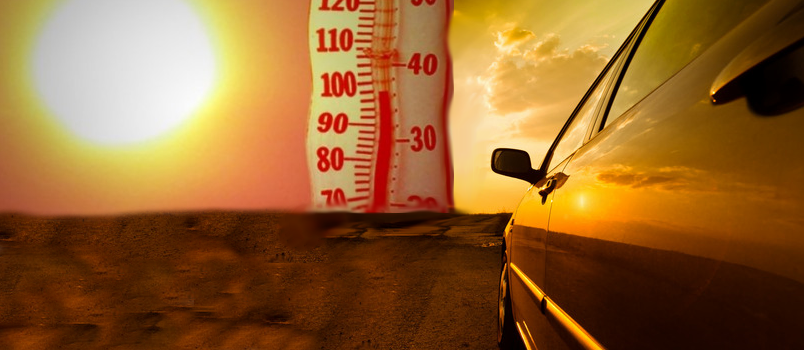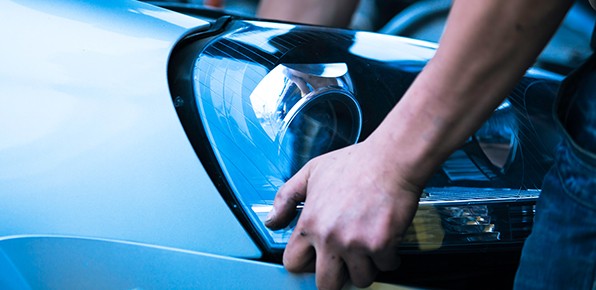Why Do My Headlights Keep Burning Out?

Not shining so bright…
Driving home late one night, you notice that one of your headlights is burned out. “Funny,” you think to yourself, “I just replaced that bulb not too long ago.” This is obviously a concern, as driving at night or in inclement weather with just one headlight is dangerous.
Constantly replacing headlight bulbs is not only a hassle but also an indication that there could be an underlying problem with your vehicle. Read on to learn some causes of premature headlight bulb burn out.
Vibration

Halogen bulbs and sealed beam headlights have very fine tungsten wire filaments inside that emit light when heated. Even under ideal conditions, the filament can break, leaving you in the dark. Vibration caused by driving over rough roads, potholes and bumps will reduce the filament lifespan.
Other causes of vibration may be due to a fault in your headlight structure. If the bulb is not securely mounted in the headlight assembly, it will vibrate, even under normal driving conditions. Insecure mounting may be the result of a bent bulb socket or headlight housing.
Similarly, if the headlight housing is not securely attached to your car, the entire housing, including the bulb and filament, will vibrate while you are driving, shortening the filament lifespan. Vibration of the headlight housing may occur even if it is tightly attached to your car if one or both of the front wheels are out of balance. If you feel a shimmy in your steering wheel, this could be a contributing cause of successive bulb failures.
Touching the bulb

Headlight bulbs that operate at high temperatures, such as halogen and HID bulbs, use a special quartz glass envelope to withstand high operating temperatures. You should always wear gloves or use a cloth or paper towel if you have to touch the glass of the bulb. Should you touch the glass with your bare fingers, oil from your skin will adhere to the glass and may cause hot spots on the glass when the bulb is on, resulting in uneven heating and possibly breakage of the glass.
Temperature extremes

Heat is necessary for the headlight filament to emit light; however, the hotter the filament gets, the less durable it is. If you do an excessive amount of night driving or you’re in a jurisdiction that requires daytime running lights, the increased amount of time that your lights are on will heat the filament to a higher temperature, possibly causing premature filament breakage.
If you often drive in an area that experiences cold temperatures, your headlight lifespan may be reduced. Bulb filaments become more brittle in cold conditions and are more susceptible to breakage, especially if accompanied by vibrations from rough roads and potholes.
Turning on headlight before starting the car

When starting your vehicle, either by turning the key or pushing the start button, many vehicles will divert electrical power from any accessories that are on in order to deliver maximum power to the starter motor. If you turn your headlights on before starting your vehicle, the lights will turn off and then come back on when the engine starts. This rapid on-off-on cycle may shorten headlight bulb life.
Water leaking into housing

Any signs of condensation inside the headlight housing may indicate that water is leaking into the housing. Water and electricity don’t mix and any condensation may cause a short circuit leading to failure. Also, any condensation coming in contact with a hot bulb may cause the bulb to break.



